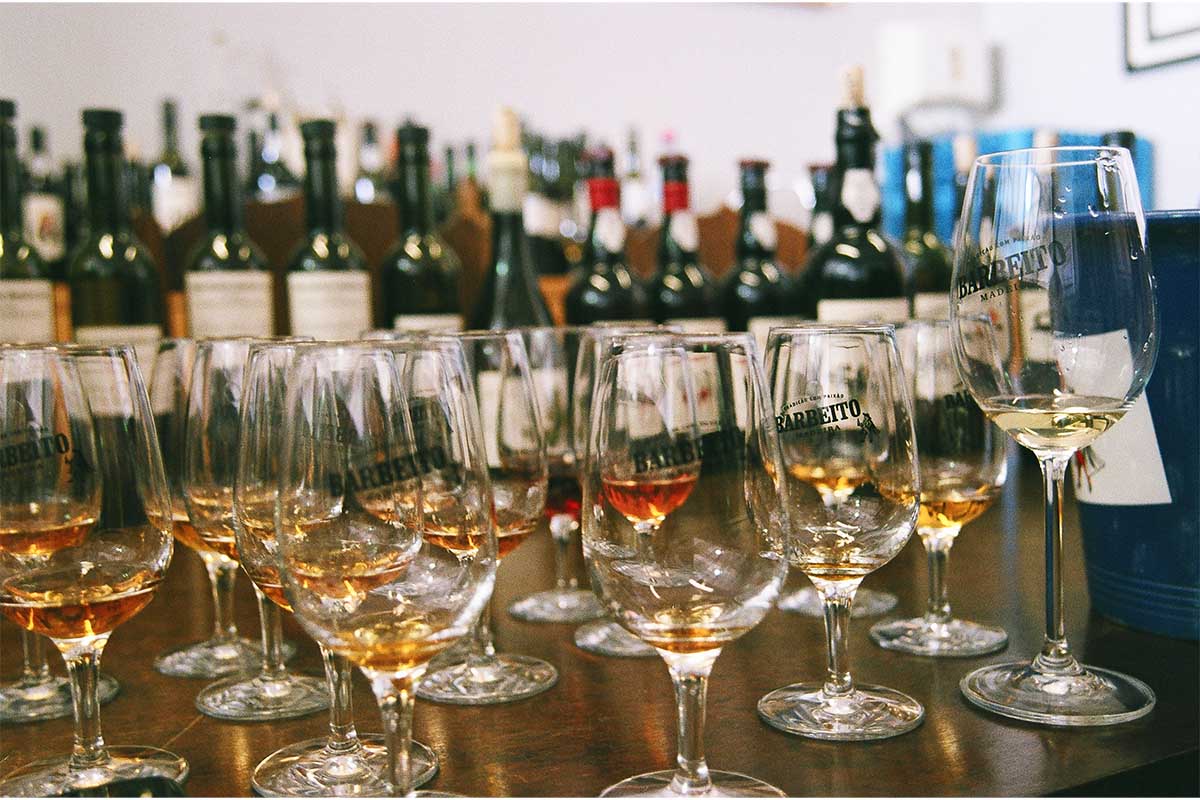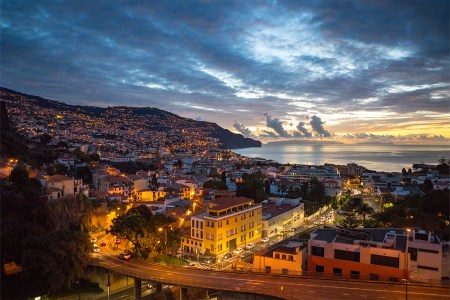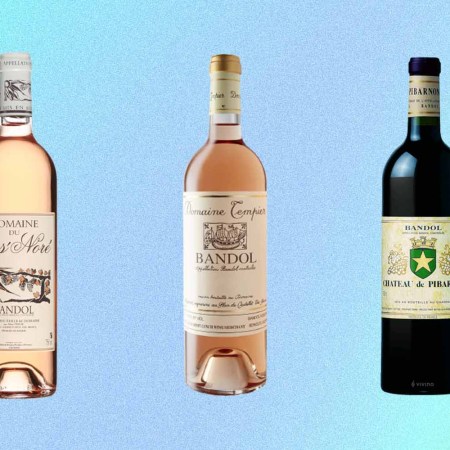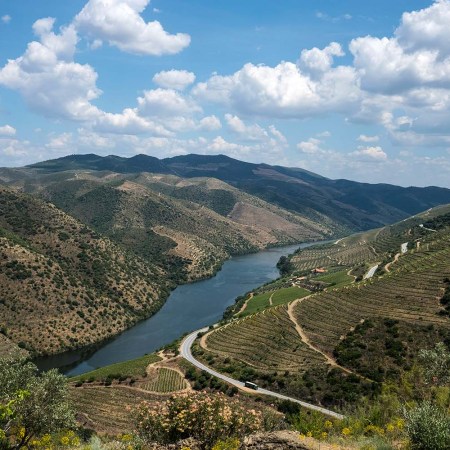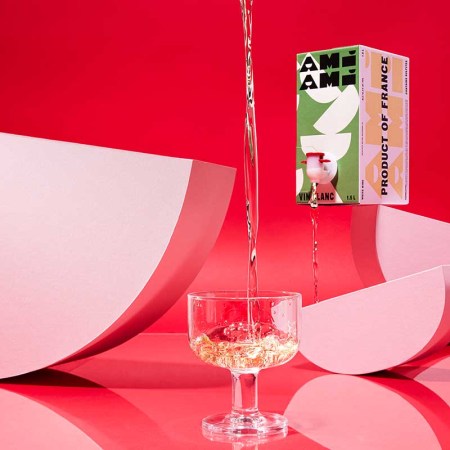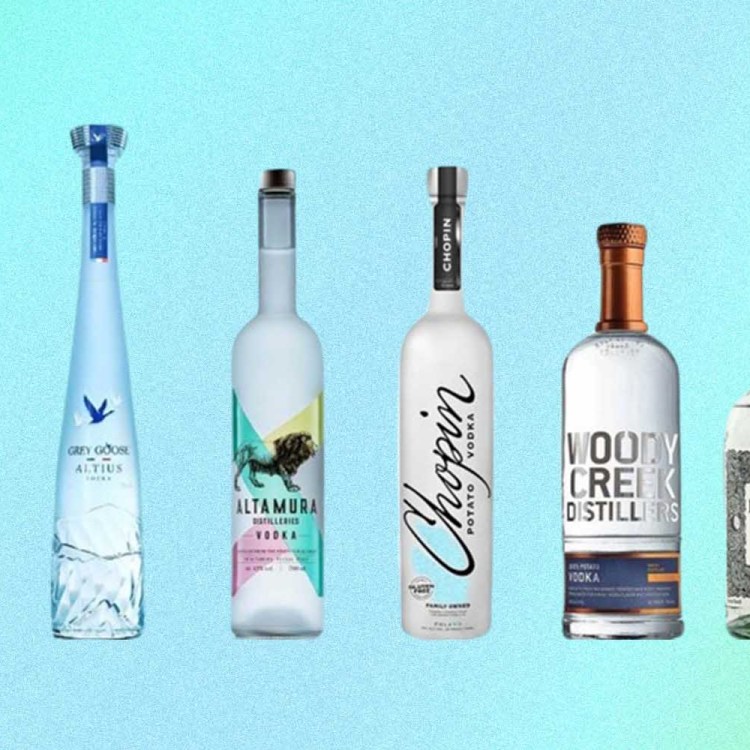What we’re drinking: After-dinner (and anytime) Barbeito wines from the island of Madeira
Where they’re from: A tiny Portuguese archipelago just off the northwest coast of Africa
Why we’re drinking these: Madeira isn’t new. In fact, it’s one of the most storied beverages in the world. The oldest records trace it back to the 16th century, Thomas Jefferson was said to be a fan and a bottle was even presented at the signing of the Declaration of Independence. But what is Madeira wine? To start off with the obvious, it’s a fortified wine made in Madeira, a tropical Portuguese archipelago off the northwest coast of Africa. It’s often served at the beginning of dinner or at the end, as away to kick off the evening or as a liquid dessert.
Disappear Into Madeira, A Wild Island Retreat off the Coast of Portugal
A hidden secret off the coast of Europe, Madeira is your next dream vacation destination.But Madeira is a lot broader than that. These fortified wines vary in style and sweetness — they can be light and citrus-forward or rich and almost Cognac-ish in presence. It can be full-bodied and raisin-y or oxidative and honeyed. Look at Barbeito, one of the more famed producers of the island’s signature style. While they operate via a century-old process entirely on the tiny island, they have a wide-ranging portfolio that covers hyper-aromatic still wines to super old wines that rival your favorite Scotch.
Since opening in 1946, the winery has kept processes largely the same. They work with a tight roster of 120 grape-growing families, many of whom have been harvesting the same plots for near-centuries. (Well, that’s not entirely correct — Barbeito has its own vineyard outside its winery, but it’s smaller than my city apartment.) Some of Barbeito’s grapes, like Sercial and Verdejo, come from vineyards high above the ocean, and the resulting wines have a sea-salty twang to them. Others on the sunnier side of the island are rich and concentrated.
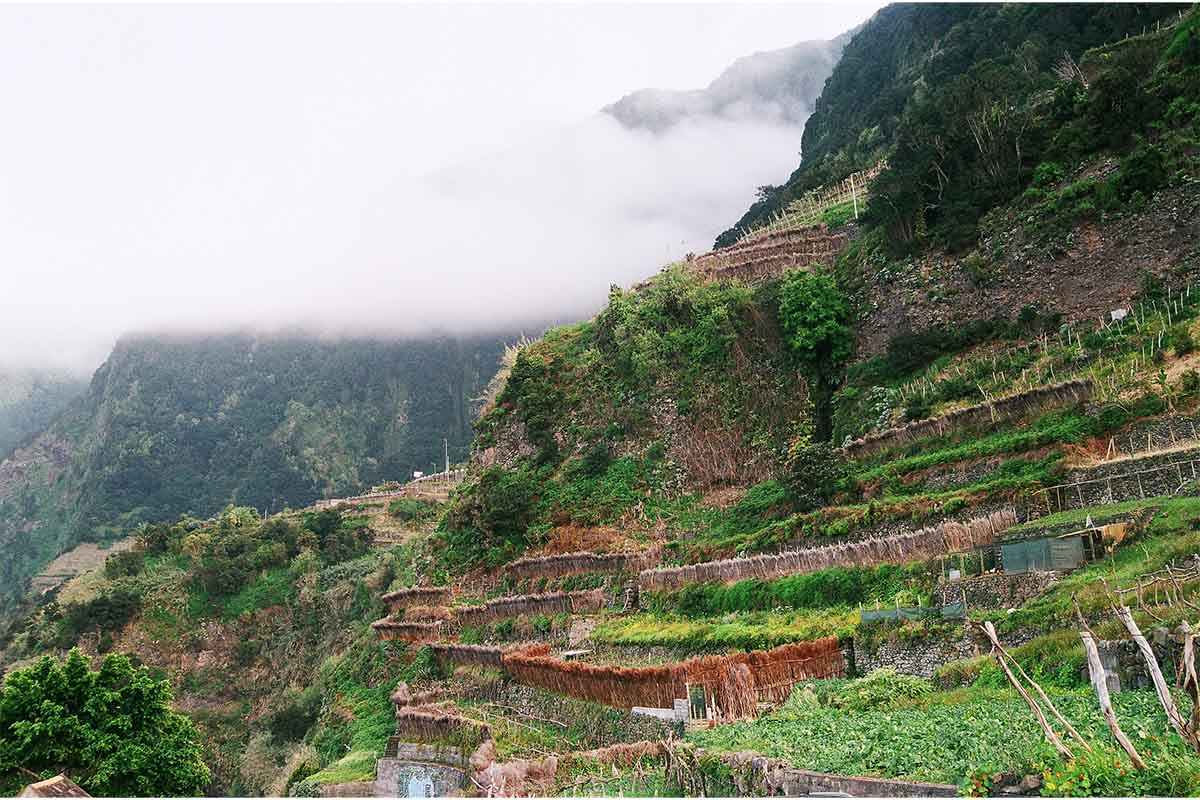
All wine is processed at a small hilltop outside the city of Funchal. It’s a wildly unique place to age wine — because of the unique maritime climate, barrels age differently depending on where in the warehouse it lies. Because of the heat and those salty sea breezes, barrels at the highest point in the warehouse will lose up to 5% of contents per year to the angel’s share. If you’re patient, 20 years later the wine is wildly pure, concentrated and elegant.
So why don’t we drink more Madeira? A century or two ago, when shipping technology advanced and people didn’t cross the ocean in masted vessels, Madeira lost a lot of its success. Now, it’s a category celebrated by simply those in the know. Do those producers care? “We have a niche market that likes nice quality wines,” Barbeito’s Leandro Gouveia shrugs.
How they taste:
- 1988 Sercial: Siercal grapes are grown on the north side of the island, where the mountains are steep and the clouds roll in right over your head. The resulting white is electrically salty, bright and acid-driven — bone dry and aromatic. $120
- Rainwater: As the tale goes, the name rainwater comes from a happy accident. Sailors left a cask of Madeira on the sand without a cork in it. It rained, the barrel was topped up with water and they drank it anyway. It wasn’t bad and it still isn’t! Crisp and aromatic with notes of walnut and fig, it’s a sleeper hit that pairs with clams, salads and roast chicken. $20
- 30 YO Verdejo Demijohn: While technically a Madeira wine, this one has all the energy of an aged Cognac, with a deep amber hue, a punch of heat, roundness and almond and oak on the nose. It’s almost unfathomable that it’s made from the same grape that makes flinty, pinot grigio-ish white wines.
Fun fact: Madeira started as an unfortified wine, but sailors quickly realized that the drink would spoil quickly on long voyages. So they topped up and fortified the wine with brandy (it’s now topped up with a neutral grape spirit) to ensure it would last through storms, hot days on the oceans and any other hurdle mother nature throws at the seafaring drinkers. Because of how indestructible the wine is, Madeira has become very popular in Charleston, SC, and Savannah, GA (Barbeito now makes special bottlings for those port cities).
Join America's Fastest Growing Spirits Newsletter THE SPILL. Unlock all the reviews, recipes and revelry — and get 15% off award-winning La Tierra de Acre Mezcal.
